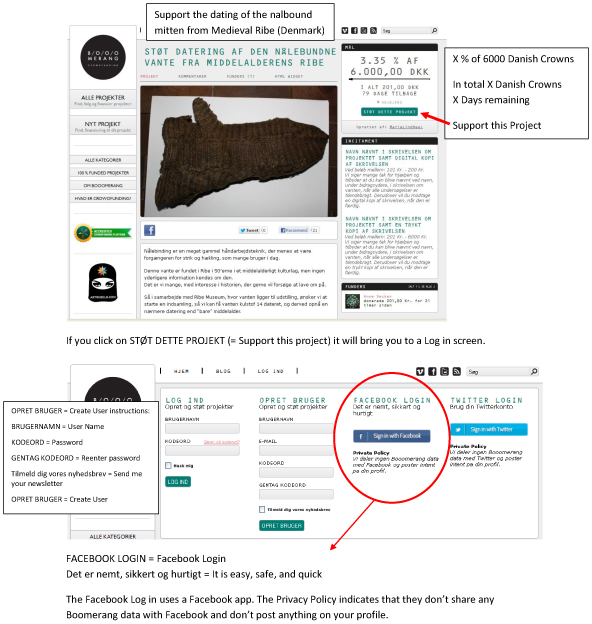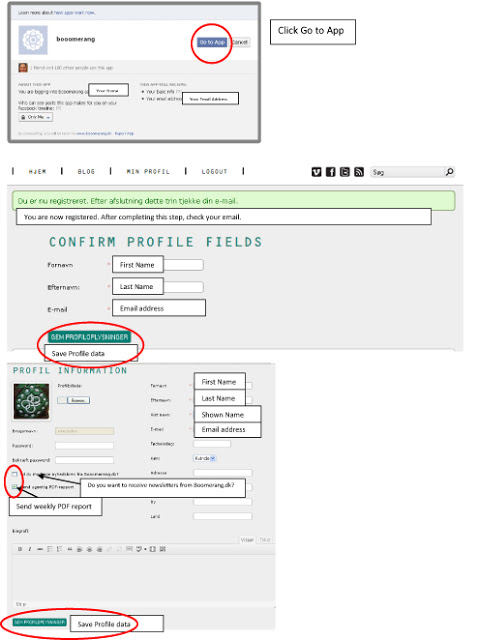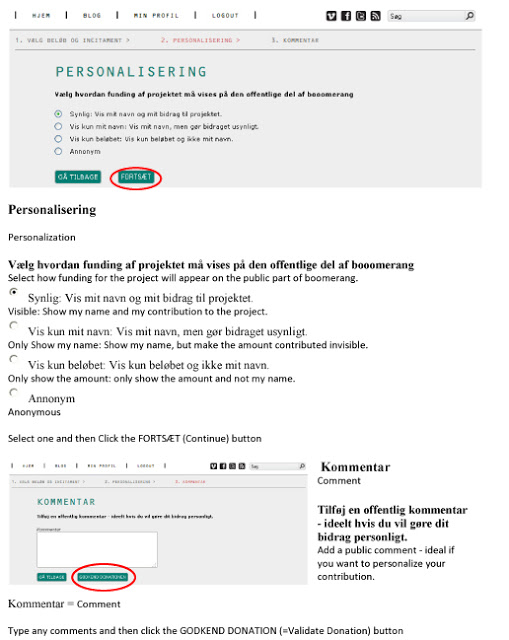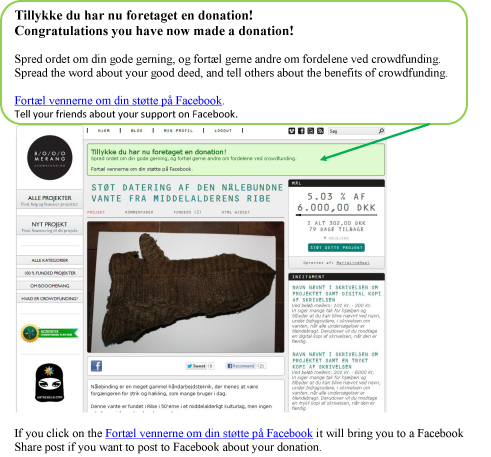Fashion, anyone? Here are a few links for those of you who are in the mood for some more-or-less modern clothing (hey, it was all the rage just a few hundred years ago!)
Some Icelandic clothing, including a collar (modern-ish) and a hood (medieval-ish).
Anyone who has been looking at early modern clothes or fashion in Germany will be familiar with the Trachtenbuch of Matthäus Schwarz. There has been some work done with it recently, including the recreation of some of the items - there's a BBC article here and a blog post, with a video about the making of one of the outfits. There's more links in the blog post, too.
A prehistoric fashion show will be part of the Humanities Festival in London. (Here's the official press piece about that, with two pics - but no mention of a date.)
Some Icelandic clothing, including a collar (modern-ish) and a hood (medieval-ish).
Anyone who has been looking at early modern clothes or fashion in Germany will be familiar with the Trachtenbuch of Matthäus Schwarz. There has been some work done with it recently, including the recreation of some of the items - there's a BBC article here and a blog post, with a video about the making of one of the outfits. There's more links in the blog post, too.
A prehistoric fashion show will be part of the Humanities Festival in London. (Here's the official press piece about that, with two pics - but no mention of a date.)









